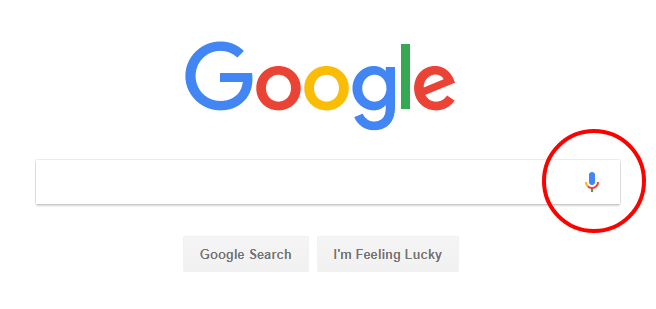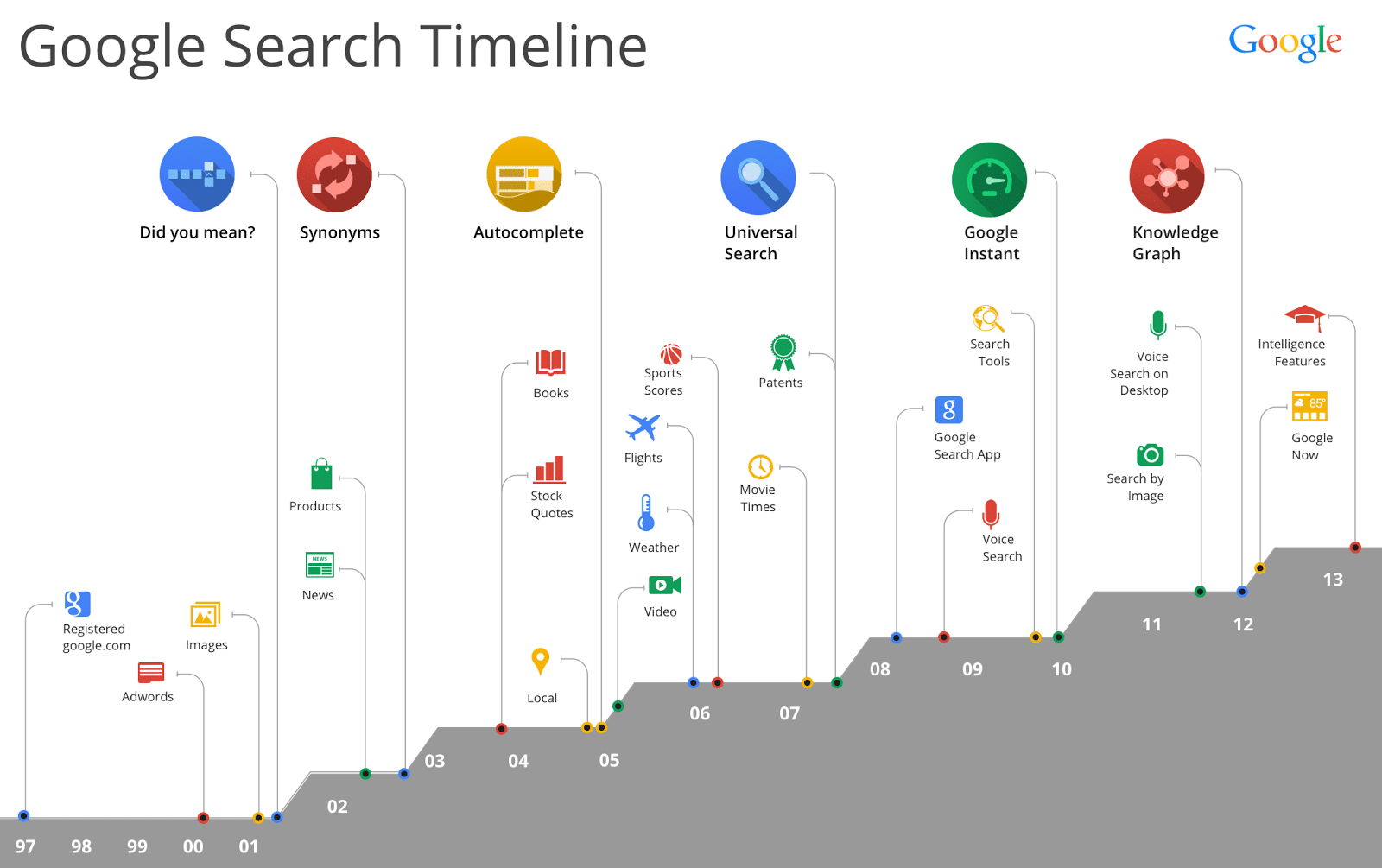If you haven’t yet optimized your website for voice search, there’s no time like the present. Before there were smartphones, virtually nobody spoke their search queries. Very few users wanted to talk at their computer screens or into an external microphone.
Then with the release of early smartphones, voice search slowly started to enter the market, and in 2010 Google introduced its Voice Search. By 2013 the number of voice searches started catapulting toward today’s massive acceptance. In 2017, however, 42 percent of voice searchers reported using the functionality for the first time within the past six months.
According to trufsted industry expert Mary Meeker’s most recent annual report, 20 percent of all mobile queries are now made via voice. Considering Google alone now processes more than 40,000 search queries per second, websites not optimized for search are missing out on a potential market of more than 25 trillion searches each year.
It’s almost impossible for our minds to truly comprehend such a massive a number. We can try, but we’ve got to deal in enormities. If you lined up 25 trillion football fields, end to end, between the Sun and Pluto, you’d have enough to make 25,000 round trips!
So, if SEO is your goal, that many lost opportunities probably stings a little.
What Is Voice Search?

Nobody needs to ask, “What is voice search?” Not only is the phrase fairly self-explanatory, but it’s happening 70 billion times a day. When it was released in 2010, Google Voice Search was practically archaic by today’s standards.
Users had to call a phone number from their mobile devices, upon which they heard a recorded message – not an interactive Alexa – that prompted them to speak their search keywords. Then the user would say a short keyword phrase as they would type it on a computer – “voice search,” for example. Google would then open a page with its search results. And that was about it.
It wasn’t long, however, before Google started offering glimpses of its future plans for voice search. The tech giant foresaw the functionality integrated with Google Maps, Google Now and a host of other products and applications. Meanwhile, Siri became our best friend, Cortana spoke from our PC monitors, and Alexa stepped in to turn our houses into smart homes.
But when Google launched its Hummingbird algorithm in 2013, it opened the floodgates to an eventual internet dominated by voice search. The version for the first time introduced latent semantic indexing (LSI) to Google’s algorithm. LSI is a complex mathematical technique involving patterns in relationships between different concepts and terms used queries.
If you’re like a lot of us and you got lost about halfway through that definition, just know that Hummingbird lets Google associate related words and phrases text – it recognizes semantics. If a user searches for “money,” Google would also rank pages for “currency” and “dollars.” The update signaled Google’s desire to understand users’ intentions, so it could provide them with the best-possible experience and results they actually hoped to get every time.
Now that multiple sophisticated voice-search platforms are on the market, we’re really starting to appreciate that the technology could soon transport us to a futuristic fantasy where we interact with our computers the same way we associate with a friend. For instance, users can “wake” their devices by speaking a designated voice command and never lifting a finger. And Google has led the pack in the quest for innovation.
“The destiny of Google’s search engine is to become that Star Trek computer, and that’s what we are building,” Google’s Amit Singhal said at a 2013 event.
Google’s current algorithm is truly remarkable at times. It “learns” and narrows results based on a user’s browsing habits and online behavior like location information, shopping and Twitter activity, as well as the progression of queries… almost like it were having a conversation with the user.
So, we can ask it to find Julia Roberts movies. Upon receiving the results of our initial query, we can ask Google, “What was her name in Pretty Woman?” and Google will know we’re referring to Julia Roberts when returning our results. Further, we could ask, “What was the name of her roommate,” and Google will recognize we’re referring to Kit Deluca, the roommate of Julia Roberts character in Pretty Woman.
Voice SEO Tips:
1. Focus on Conversational Key Phrases
This pattern of queries remarkably resembles our natural speech patterns, making it ideal for voice speech and helping to propel the technology further. It’s no longer so simple as stringing together a couple of disjointed keywords and design web content around them.
Since voice search will only begin to dominate the market in the future, it’s necessary to optimize websites to rank for organic questions and their phrasing. Voice search optimization requires longer-sequences of words that form natural queries a user might ask another person.
So, instead of creating website content emphasizing the keywords “dogs,” “dog care” and “veterinary,” in an assortment of topics, focus on organic queries such as, “caring for a puppy,” or even, “list of local vets.” Try to include solutions you can provide to common reasons a user would look online for your services.
2. Use Questions Within Content
It might feel strange asking questions on your page when your goal is to provide information, but if Google detects an exact query match as it scans your website content, it can bumps you up in the SERPS. In fact, a Search Engine Land study found after the use of voice search really took off in 2013, the use of question phrases saw a 61-percent increase within a year. The use of “who phrases” skyrocketed over 130 percent, while “how” statements went up more than 80 percent.
Think of question phrases in terms of learning the 5 Ws in gradeschool writing class: Who? What? Where? When? Why? Throw in “how” for good measure. Use your content to answer those questions as they might be asked about your business. For example:
- What does (product name) do?
- Where do you buy it?
- How do you use (product)?
- Who makes it?
- When does (business name) open?
- Why should I hire (service name)?
3. Incorporate an FAQ Page
When optimizing their websites for search, many entrepreneurs and other professionals wonder how to emphasize questions when their goal is to provide answers. An FAQ page is a great place to start.
Answering “Frequently Asked Questions” for website visitors allows a web designer to focus on those common long-tail, conversational key phrases, specific question queries. Break into categories the basic information a user might look for on your page, and formulate questions about that information. Use each question as a subheading, and write content that answers the question in relation to your business.
Don’t stop with answering general questions about your business or organization. Get creative and try to think of specific searches from which you’d like your site to rank. For example, “grain-free dog food,” could become the question, “Where can I purchase affordable grain-free dog food?” or “Is grain-free dog food healthier for Cocker Spaniels?”







